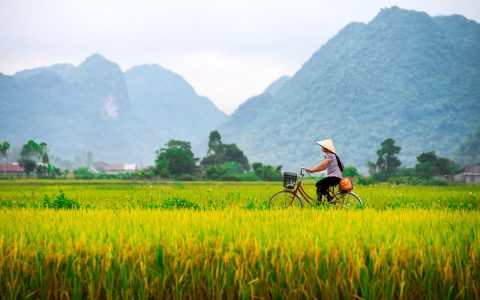Insider’s Guide: Yangon
 Myanmar: a deeply spiritual and captivating country, it’s a place that leaves an everlasting impression on those who visit. This former British colony borders India, Bangladesh China, Laos, and Thailand. Its biggest city is the former capital city of Yangon, home to 7 million people.
Myanmar: a deeply spiritual and captivating country, it’s a place that leaves an everlasting impression on those who visit. This former British colony borders India, Bangladesh China, Laos, and Thailand. Its biggest city is the former capital city of Yangon, home to 7 million people.
The country’s devotion to Buddhism is something to behold; you’ll no doubt see the gleaming, golden spire of the Shwedagon Pagoda rising above the rest of the city, the cornerstone of Buddhism in all of Myanmar. Along with traditional buildings, the urban core of Yangon is also where you’ll find the largest number of colonial-era buildings in the region. I’ve included some of the most important sights of Yangon, as well as some of my favourite places to eat in town.

Shwedagon Pagoda
 Dominating the skyline of the city, this is the most revered pagoda in Myanmar and the most iconic symbol of the whole country; a beacon of Buddhism. Shining with more than 4,500 diamonds encrusted upon its stupa and endless layers of gold, it is believed that holy relics are enshrined here, including hair from the Buddha himself.
Dominating the skyline of the city, this is the most revered pagoda in Myanmar and the most iconic symbol of the whole country; a beacon of Buddhism. Shining with more than 4,500 diamonds encrusted upon its stupa and endless layers of gold, it is believed that holy relics are enshrined here, including hair from the Buddha himself.
The heart of Buddhism in the country, it is surrounded by dozens of intricately decorated buildings and statues. Walk amongst local people who are praying and making offerings, and experience the true devotion of the locals here. One of the best times to visit is at night, where hordes of families and devotees flock.

Bogyoke Aung San Market (Scott Market)
 Once named for the municipal commissioner in colonial times, this public market in central Yangon is a prime example of colonial architecture. The labyrinthine market sells pretty much anything: Myanmar’s handicrafts, art, gems like Burmese jade and ruby, traditional clothing, artifacts, fabrics, and more.
Once named for the municipal commissioner in colonial times, this public market in central Yangon is a prime example of colonial architecture. The labyrinthine market sells pretty much anything: Myanmar’s handicrafts, art, gems like Burmese jade and ruby, traditional clothing, artifacts, fabrics, and more.
If you need to exchange money, you’ll find the best (black-market) rates located in jewelry shops. Of course, any good public market worth its salt offers food, and this is no exception: here you’ll find terrific food from all corners of the country. In my opinion, the best mohingya (fish curry, the national dish of Myanmar) can be found here! The market is closed on Mondays and public holidays.

Sule Pagoda
 Over 2,500 years old, this gilded stupa at the centre of Yangon is a useful landmark for navigating downtown. A key point in the city with its ever-glowing sphere, it is a rallying point for political demonstrations and politics, and as such has played a large role in contemporary Burmese politics.
Over 2,500 years old, this gilded stupa at the centre of Yangon is a useful landmark for navigating downtown. A key point in the city with its ever-glowing sphere, it is a rallying point for political demonstrations and politics, and as such has played a large role in contemporary Burmese politics.
 Another wonderful place to people-watch. At night, as the gold reflects the evening, you’ll find a lively market here with street vendors selling all kinds of delicious Myanmar foods (which also reflect the culinary influences of neighbouring India, China, Thailand and Laos).
Another wonderful place to people-watch. At night, as the gold reflects the evening, you’ll find a lively market here with street vendors selling all kinds of delicious Myanmar foods (which also reflect the culinary influences of neighbouring India, China, Thailand and Laos).
Some specialties to try are: Indian breads like roti & paratha, Burmese noodle salad, samosa thoke (salad) with lentil broth, samosas, sweet rice cakes in banana leaf, glutinous rice, and an incredible array of dosa (similar to a crepe), available in both sweet and savoury options and fillings!

Meander Myanmar
From biking the lush countryside and strolling through ancient villages and spectacular temples, to floating along the current in a riverboat, on our Myanmar Active Expedition, we take in the country at a pace that reflects its gentle character.
DETAILED ITINERARYWhere to Eat
 The Taj
The Taj
Yangon has a large Indian population and an incredible array of Indian restaurants.
This authentic North Indian restaurant is one of Yangon’s best Indian eateries, featuring great prices and a semi-formal atmosphere that caters to Yangon’s professionals and expats.
Located in the Loft Hotel, this large design-oriented restaurant also includes a bar and lounge. There is a mix of European and Asian food available here. It can also accommodate vegetarians, vegans, and gluten-free diners as well.

Reputed to be the finest restaurant in Myanmar, Le Planteur is housed in a beautiful colonial mansion overlooking Inya Lake. On the menu, you’ll find French/Indochina elements and Asian flavours, as well as cheeses and desserts to round out your meal.

Enshrined in a hundred-year-old colonial villa, this restaurant features a range of international cuisines, so depending on what you feel like, you can dine upon Burmese traditional food, Thai, Chinese or Western cuisine. The home itself is also a museum of sorts that commemorates important times in Myanmar’s history: it once served as the first office of General Aung San, Myanmar’s leader of independence (and father to Aung San Suu Kyi), among other facts. Open daily.
 Green Elephant
Green Elephant
This chain of restaurants is known around the country, but with good prices and tasty food, it’s an excellent place to sample traditional Myanmar dishes. Although touristy, it’s still worth a visit. In the evenings, it’s nice to grab a seat on the wide open terrace for a meal.
 Monsoon
Monsoon
One of the first old shop houses to be restored for public use, you can find foods from around the region, Thailand, Laos, Myanmar and Cambodia. Old colonial feel with photos of old Yangon cover the walls and is right downtown—definitely a great place to sit and have a cold drink too!
MORE FROM Asia-Pacific + Myanmar
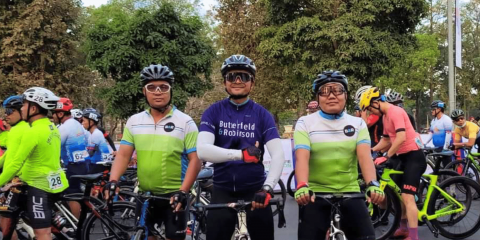
Biking in Cambodia with B&R Expert Guide Fin
Cambodia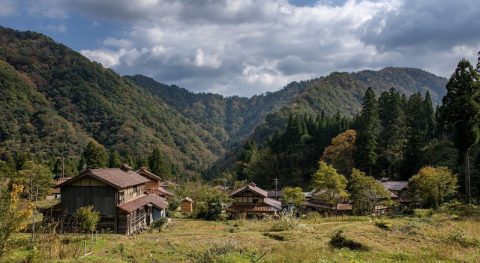
The Slow Fund: Rice Production with Ozuchi Village
Japan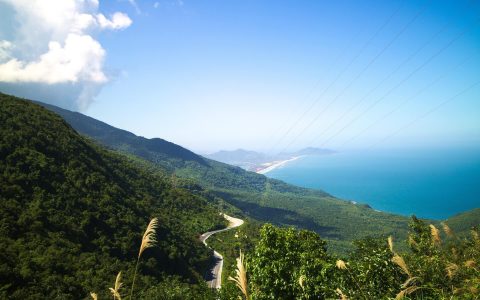
Take a Virtual Ride on the Hai Van Pass in Vietnam
Vietnam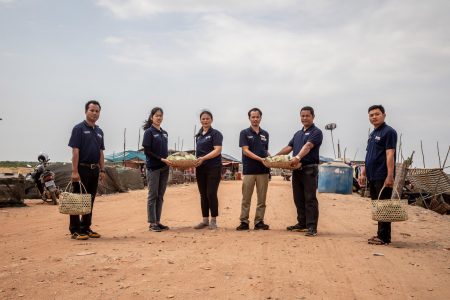
How Three Cambodian Hotels Are Joining Forces to Feed Their Communities
Cambodia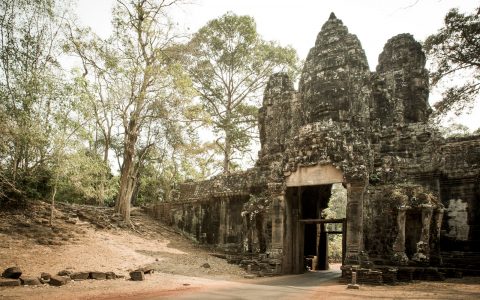
Meet Fin—B&R’s Expert Guide in Cambodia
Cambodia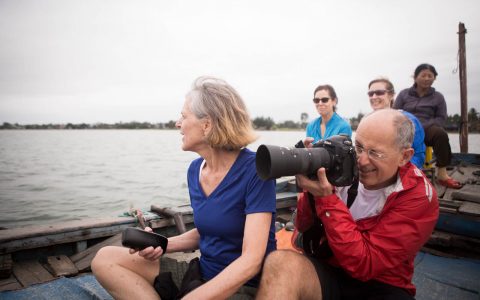
An Insider’s Eye on Vietnam: What to See and What to Skip, According to our Vietnam Expert
Vietnam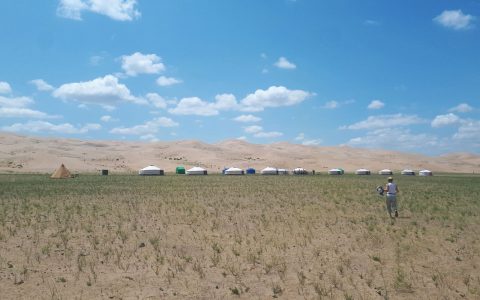
Photo Essay: Exulting in Mongolia’s Eternal Blue Sky
Mongolia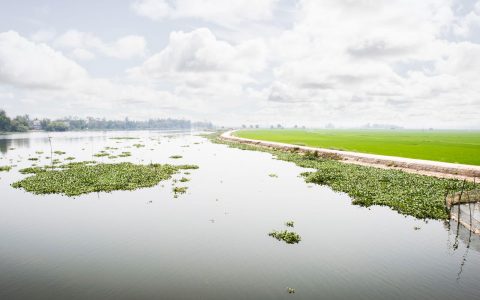
The Best Times of Year to Travel to Asia
Vietnam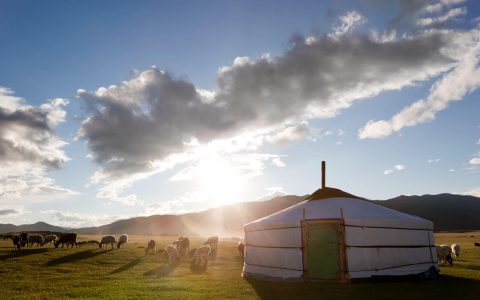
Chris Litt: On Mongolia and the Desire to Disconnect
Mongolia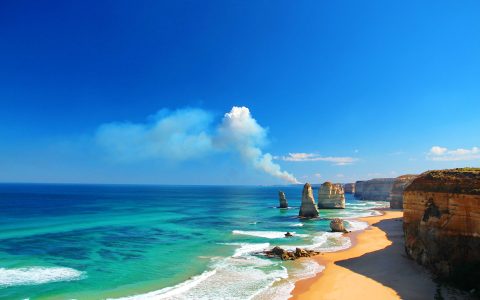
Top 6 Multi-Day Walks in Australia
Australia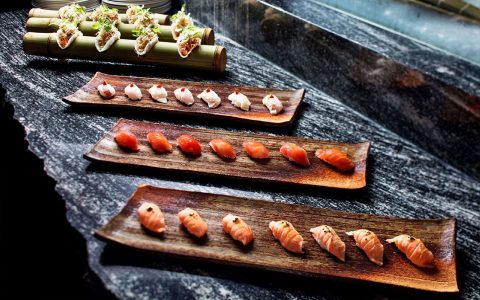
The 8 Best Restaurants in Auckland
New Zealand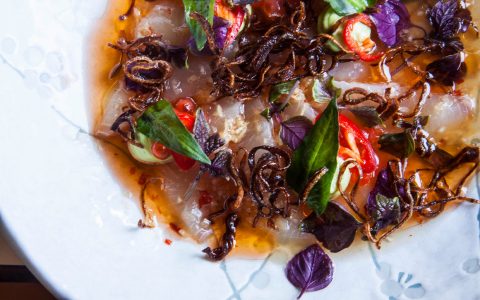
The 5 Best Restaurants in Wellington
New Zealand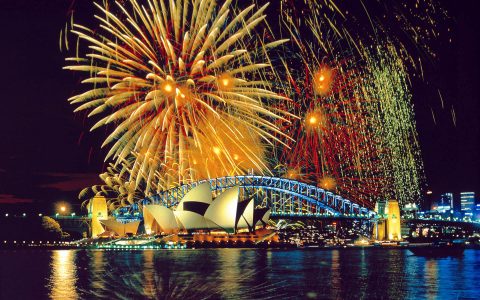
8 Reasons Why You Need to Take an Australian Adventure
Australia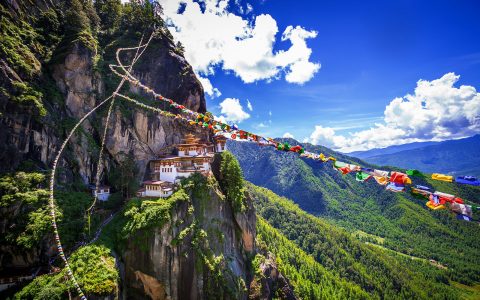
Cultural Quirks About Bhutan That Will Blow Your Mind
Bhutan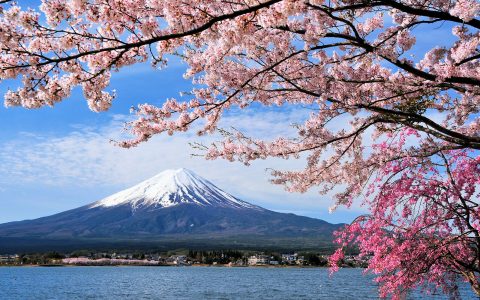
5 Things to Know Before You Go to Japan
Japan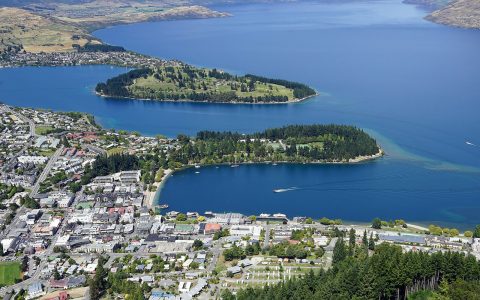
8 Favourite Restaurants to Eat in Queenstown
New Zealand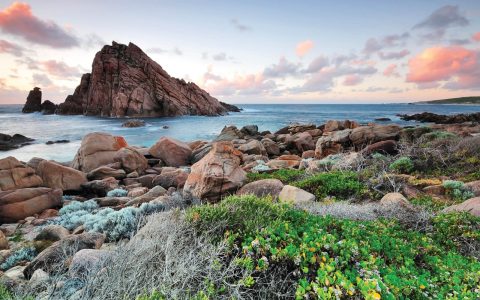
10 Must-Try Australian Wines
Australia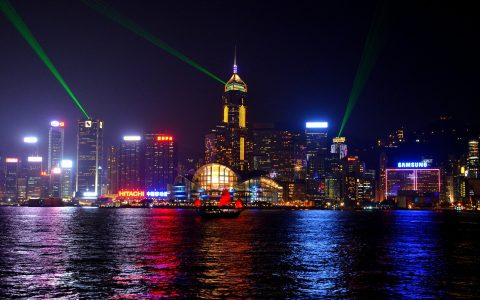
Where to Eat in Hong Kong: 7 Best Restaurants
China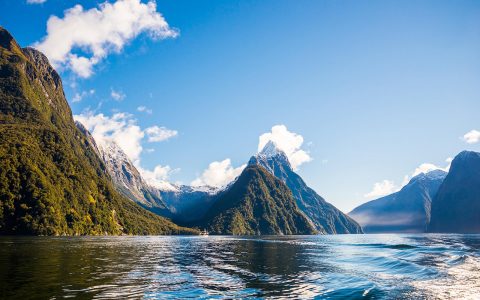
A Kiwi’s Guide to Enjoying New Zealand
New Zealand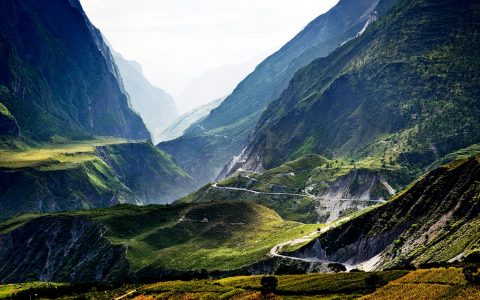

 House of Memories
House of Memories